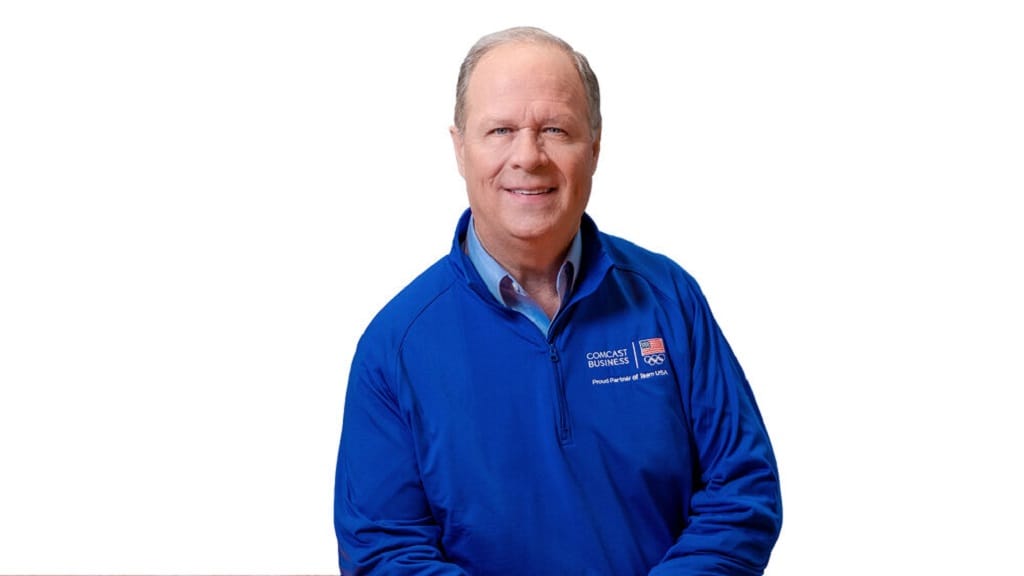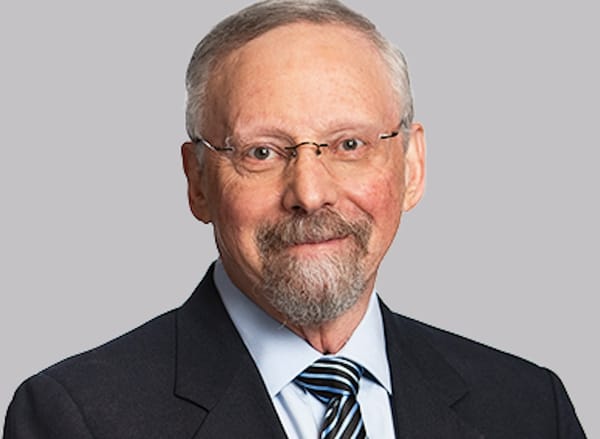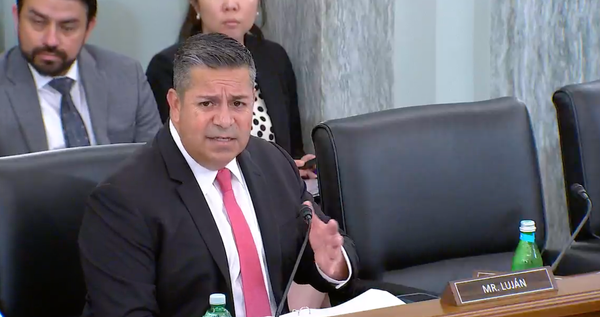Comcast Business Says It’s Expanding Into Fiber Builds in Greater Washington Area
The company is putting millions more into fiber infrastructure in the Delaware, Maryland, Virginia and West Virginia areas.

WASHINGTON, October 6, 2021 – Comcast’s business division announced a two-year, $28-million investment to expand fiber through the beltway region of Delaware, Maryland, Virginia, Washington D.C., and West Virginia.
The company said in a press release Wednesday that $13 million of that was invested last year and $15 million have gone into projects that are underway or planned for this year. It is expected to connect nearly 7,000 additional businesses to speeds of up to 100 Gigabits per second for large businesses, it said, adding it’s all part of the $110 million Comcast Business has spent in the area since 2015.
The expansion is part of a larger effort by telecommunications companies in this country to drive fiber to the premises, and to get ahead of the next generation 5G networks. As this is happening, more federal and state dollars are being plowed into broadband infrastructure as President Joe Biden sets his sights on providing access to high-speed internet to 100 percent of the country by the end of the decade.
“The ability to offer both diversity of network and carrier is becoming increasingly important to help drive economic development and transformation,” Ed Rowan, senior director of Comcast Business sales operations in the region, said in the release.
“Connectivity is at the core of this and, more than ever, is an integral factor as businesses expand and prepare for what’s next. Our network expansions across Comcast’s Beltway Region are the latest example of the significant technology investments we’ve made to increase the availability of our multi-Gigabit Ethernet services,” he added. “These investments will help foster economic development, transform our local communities, and better meet next-generation capacity needs across the region.”









